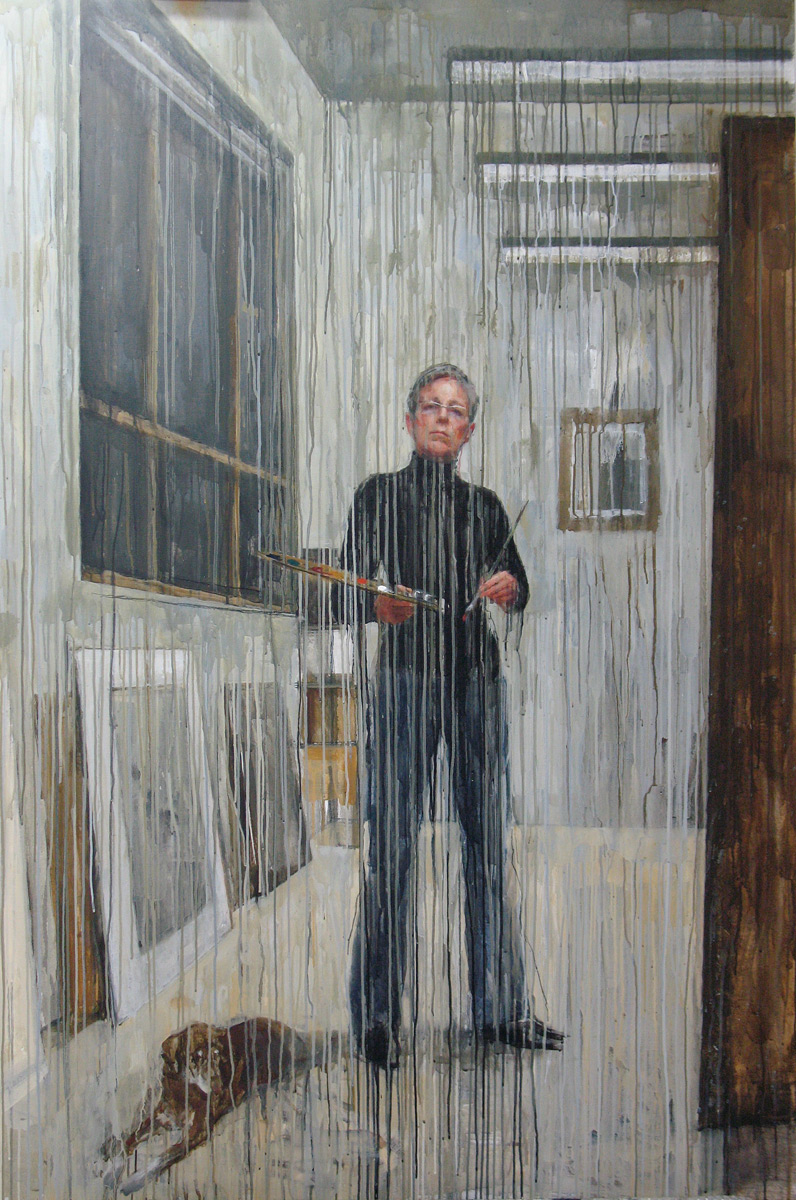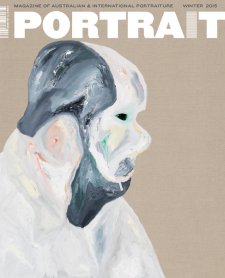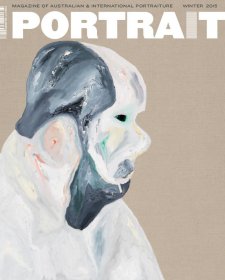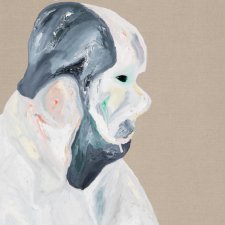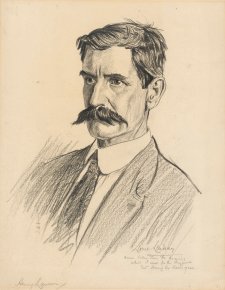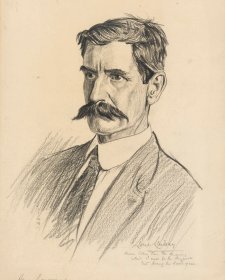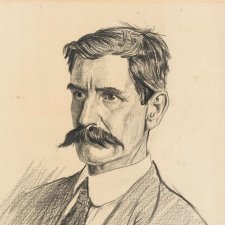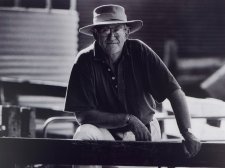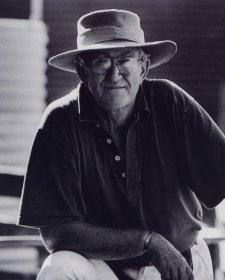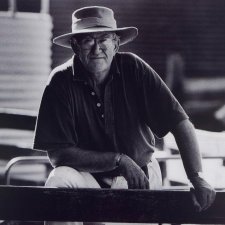Portraits take many forms, from official statements of power and status to deeply personal testaments of affection and insight. Artists’ self portraits are a very particular category, one that has always attracted the interest of institutions and collectors as documents of artistic process and subjectivity. For artists it is enduringly compelling, not only because it articulates the self reflection that is critical to an art practice, but because the subject is always available!
In 2008 I was in Madrid on a mission to learn from the great seventeenth-century painters of Spain, Diego Velásquez and Francisco Goya. It was a journey marked by distress. My marriage had recently ended, amicably enough, but I was at a loss. My husband and I had grown together over eighteen years and when we split I felt like an old vine that had lost the post it grew around – able to stand upright but with a hole at the centre.
I was drifting around the Prado in that dreamlike non-verbal state painters enter when they are looking at work and found myself in the contemporary wing surrounded by Cy Twombly’s Lepanto Cycle, the series of twelve three-metre wide paintings commissioned for the 2001 Venice Biennale. The integrity of form and content, the beauty of Twombly’s paintings, astounded me.
The metaphorical force of the vertical rills and veils of acrylic paint, evoking rather than depicting water, reflections, fire and blood, is extraordinarily powerful. A week later I saw more Twombly paintings as well as his remarkable sculpture in the Tate retrospective in London.
On my journey back to Australia I thought about Twombly and Velásquez, about Foucault’s analysis of Las Meninas, about painting, realism and subjectivity. I think I was a little crazy at the time, desperate to make changes in myself and my work, and not knowing where to start and this was what I painted. It seems a little embarrassing now, putting myself in Velásquez’ shoes and substituting the princess and her servants with my dog, but in retrospect I see it was the beginning of a reconstruction that would take years.
When I decided to enter the painting in the Portia Geach Memorial Award it was so last minute that I had to roll it up, drive it to Sydney (from Canberra) on the last day of submissions, and re-stretch it under the stairs at the collection depot in Mascot. I doubted it would be hung and I never imagined it would win. When I gave a floor talk during the exhibition, someone asked if the dribbles of paint represented tears. Funny how the obvious can elude one – it had never occurred to me …
